
 Ilustration: Suandi Estrada
Ilustration: Suandi Estrada
 Ilustration: Suandi Estrada
Ilustration: Suandi Estrada
Anita Isaacs, a specialist in Guatemala at Haverford College (Pennsylvania), exposes five traits of the traditional Guatemalan elites that, in her opinion, after decades of research, hinder the possibility of fertile dialogues and, above all, of a democracy more participatory and inclusive. They are, above all, five provocations and invitations to reflect.
In the mid 2000s, I was invited to meet with representatives of the Guatemalan private sector.
I had met with members of the Guatemalan business community on various occasions over the years, as I conducted research on democratization, peacebuilding and transitional justice. On this occasion, however, I switched parts from interviewer to interviewee in my role as author of a critical Freedom House assessment of the state of democracy in Guatemala. Members of Cacif/Fundesa wanted to know what it would take for my next report to score Guatemalan democracy high enough to meet the threshold requirements for a coveted Millennium Challenge Corporation grant.
That visit began with a well-deserved critique of the content and quality of democracy in the US and around the world, before veering to the topic at hand. An hour into a conversation that was going in circles, the convener cut to the chase, asking me to list five specific things that would boost Guatemalan democracy credentials. Noting a by-now standard set of judicial, political party, and fiscal reforms, I dropped a bomb.
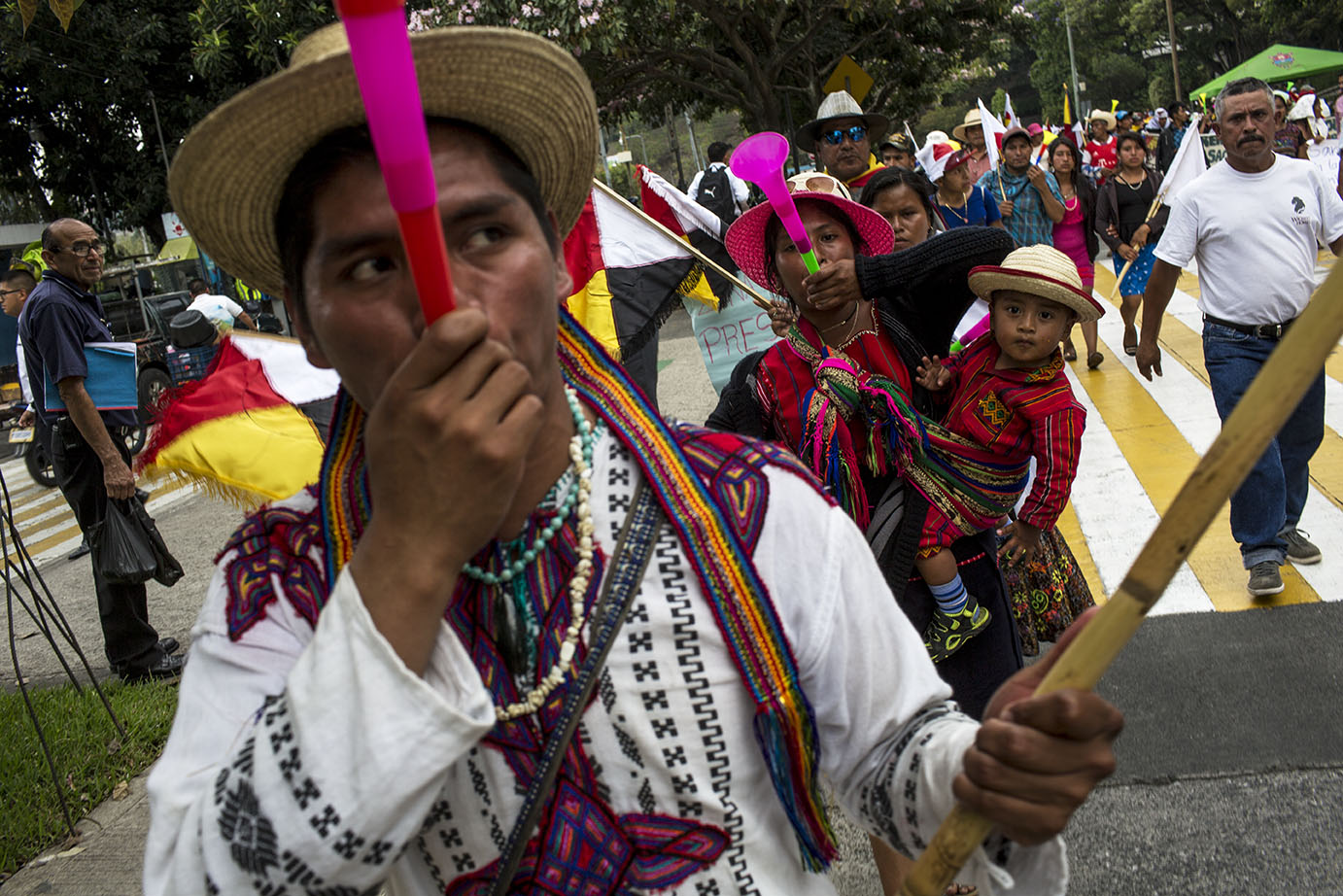 Estela Coc Chamán, 18, from Lancetillo, Uspantán, El Quiché, marches with her son, Willy, two years old, arriving at the historic center of the capital, during the march of dignity
for life and justice in May 2019. Simone Dalmasso
Estela Coc Chamán, 18, from Lancetillo, Uspantán, El Quiché, marches with her son, Willy, two years old, arriving at the historic center of the capital, during the march of dignity
for life and justice in May 2019. Simone DalmassoChoosing my words carefully, I said that the denial of full and equal citizenship rights to the country’s indigenous peoples, as beneficiaries and participants in Guatemalan democracy and development was the country’s most glaring democratic deficit. Not just me, I added, but any observer tasked with evaluating Guatemala, would be hard-pressed to describe a country that systematically excludes the majority of its population as democratic. Finally, I dared them to use their power to make a difference by engaging in an open and frank dialogue with indigenous leaders and communities.
A deafening silence ensued, broken finally by a hypothetical and a question: “Let’s suppose we were willing to meet with them,” he said, “how would we even know where to find them?”
His comment encapsulated the class, racial and geographic fault lines that run so deep in Guatemalan society. Among the many reactions I might have had, I opted to seize the opening. For the next decade my research and writing about transitional justice, peacebuilding and democratization broadened to include outreach and experimentation focused on probing the limits and opportunities for creating a more participatory, inclusive and equitable Guatemalan democracy. Those efforts entailed frequent meetings with members of the private sector and repeated attempts to facilitate conversations between them and indigenous representatives and communities that I had come to know through my research.
This essay provides a preliminary reflection on why these efforts have been mostly futile. The ideas presented here are organized into a list of five inhibiting factors. They are tentative and purposefully provocative, partly because they speak to accumulated frustrations, and partly because of the urgency to break through the logjam to reverse democratic backsliding.
The persistence of ethnic and racial prejudices
A year or so after that initial meeting, I returned to the Fundesa office suite to present a short homemade documentary featuring two indigenous survivors of the armed conflict explaining the importance of truth telling. Although the film’s protagonists had planned to attend and participate in a post-screening discussion of the issues raised, feeling unwelcome, they opted, to the annoyance of the Fundesa organizer, to stay away. As the film ended, the organizer opened up a conversation noting with surprise that the man and woman featured in the film “speak well” and while he was admittedly still upset that they had decided not to come, it might be for the better because, “now we can have an intelligent conversation.”
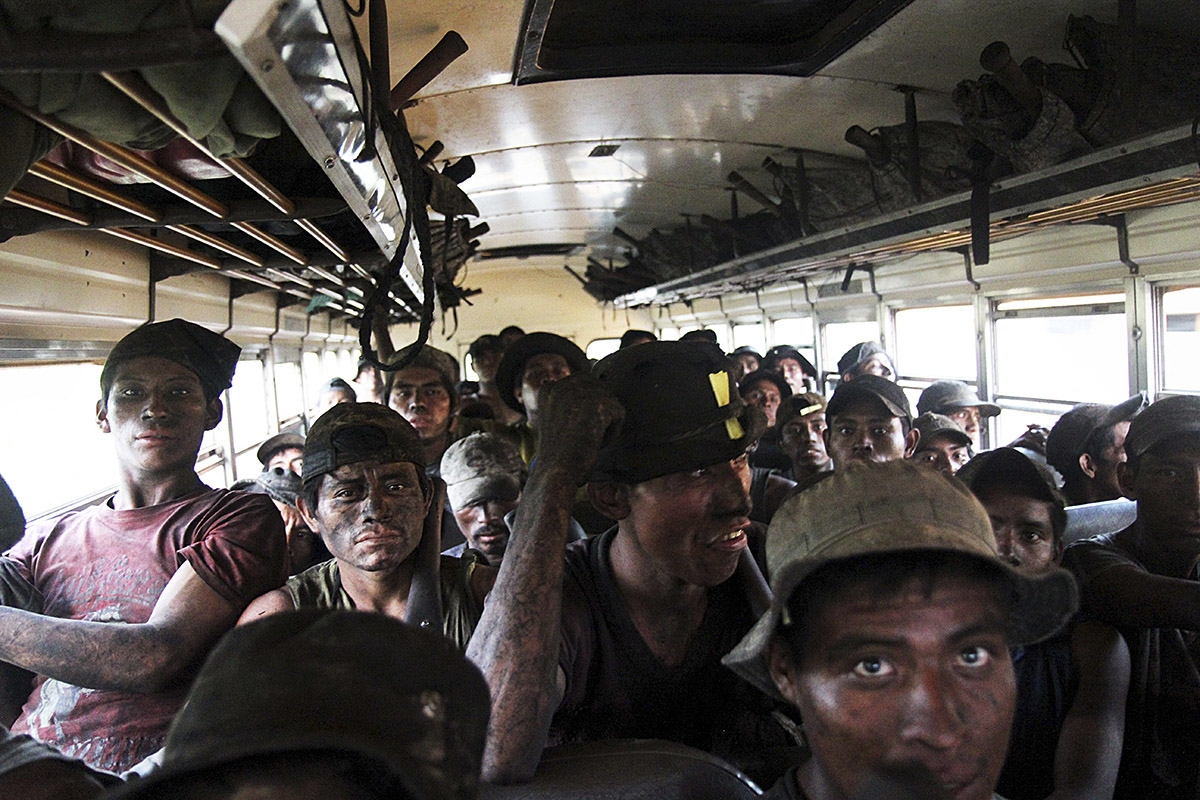 Harvest workers return to rest after another day's work on a farm in the department of Escuintla, in April 2012. Simone Dalmasso
Harvest workers return to rest after another day's work on a farm in the department of Escuintla, in April 2012. Simone DalmassoGuatemala’s elite class largely persists in viewing indigenous Guatemalans as they have historically treated and rendered them: primitive, uneducated, invisible and submissive. These biases exist out of greed, fear, habit and convenience. As Guatemalan history has repeatedly shown, they also justify oppression and violence. The pursuit of dialogue and reform is elusive because it requires more than sitting down together. It also entails doing the kind of hard anti-racism work that is being asked of us all in our respective communities throughout the globe. Co-imagining a democratic future in Guatemala means seeing and treating indigenous Guatemalans as fellow and equal citizens, with hopes and dreams, aspirations and abilities, political agency and voice.
Trapped in an ideological time-warp
In 2006, a decade after the signing of peace accords, I surveyed roughly 400 Guatemalans from a diverse cross section of society about their perceptions of the armed conflict. Responses to questions about the causes and consequences of the armed conflict were especially revealing. Whereas indigenous and rural Guatemalans overwhelmingly blamed poverty and repressive authoritarian rule for the onset of political violence, not a single member of the private sector agreed. They attributed responsibility instead to Cold War geopolitics, the spread of communism and the rise of an insurgent movement. Similarly, while almost every indigenous respondent described the conflict as a genocide, the most a handful of members of the elite were willing to concede was that some innocent civilians died.
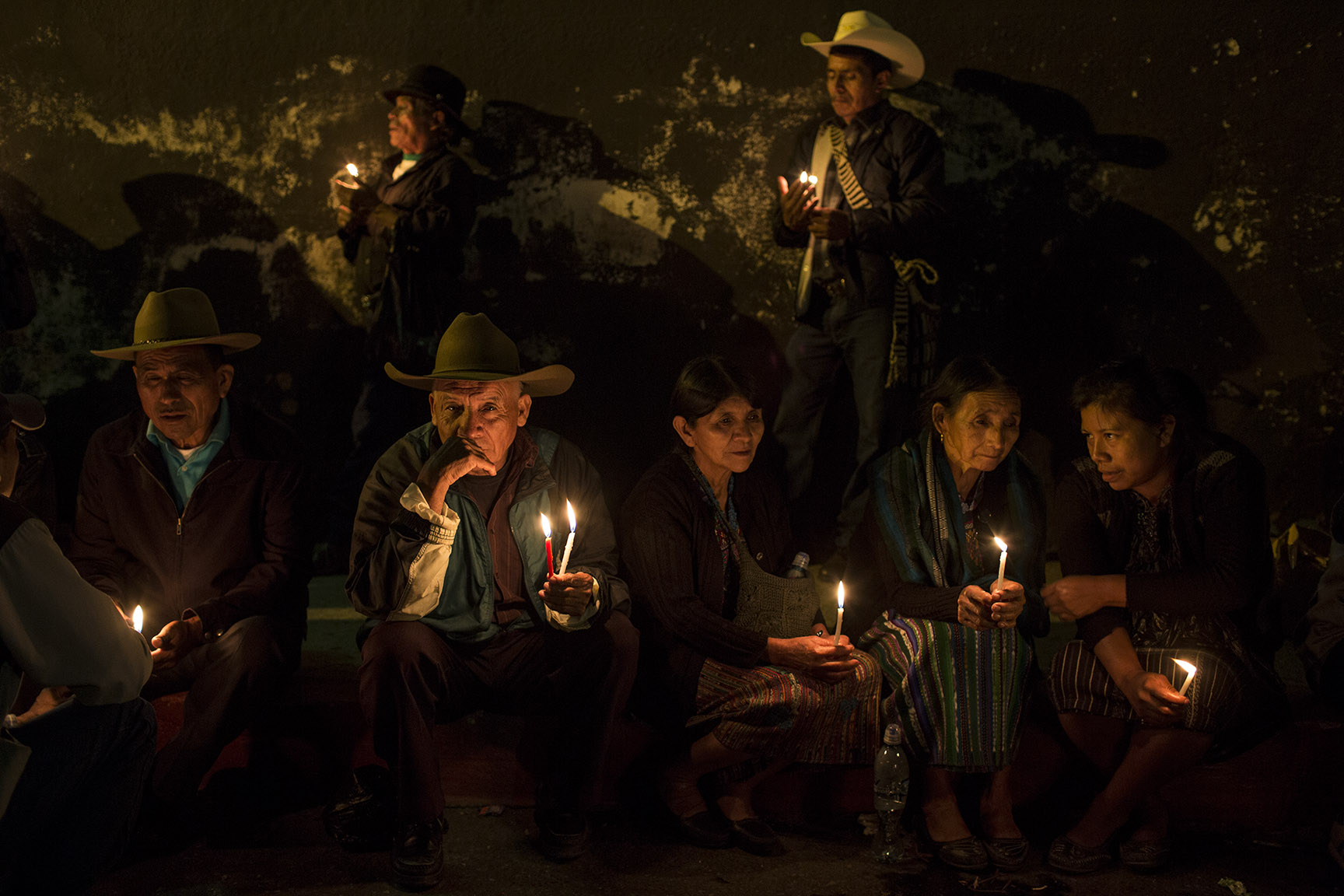 Outside the mega courtroom, dozens of people listened to the sentence broadcast over loudspeakers on a late-night evening, before the second sentence of the genocide trial was pronounced on September 26, 2018. Simone Dalmasso
Outside the mega courtroom, dozens of people listened to the sentence broadcast over loudspeakers on a late-night evening, before the second sentence of the genocide trial was pronounced on September 26, 2018. Simone DalmassoThese differences speak to a political ideological divide that persists and hinders constructive dialogue between the private sector and indigenous communities. It’s not only that elites and indigenous Guatemalans hold such polarized perspectives about the causes and consequences of a devastatingly brutal and prolonged war. It’s also not, as private sector representatives frequently tell me, that dialogue can’t happen until indigenous leaders and activists turn the page and forget or forgive.
Ironically, and again out of a mixture of habit, fear and convenience, the private sector may be the Guatemalans most stuck in a time warp. Unable to move past the trauma of the Arbenz era or the guerilla struggle that threatened to radically transform the country, democracy is to be feared rather than embraced, reforms are not considered but rather denounced as communist, and protesters are not citizens exercising their freedoms but subversives and criminals sowing chaos and violence.
Risk-averse mentality
Guatemala’s business community is less than the image it projects. An elite that has always wielded virtually uncontested power and whose very essence is entrepreneurship often behaves in remarkably insecure and risk-averse ways.
I first confronted this confounding paradox on the eve of the documentary screening. Shouting over the whir of his helicopter that he was about to board, the organizer needed to know exactly how many indigenous representatives were planning to come. When I answered, “five, maybe six,” he ordered me to disinvite everyone other than the two individuals featured in the film. Sensing my reluctance, he became increasingly agitated. He neither had the time nor the inclination to discuss the matter, he explained. “Listen,”, he said in words etched in my mind, “I know my people and I also know your people better than you do, and I am not willing to let your people come and cause us problems.”
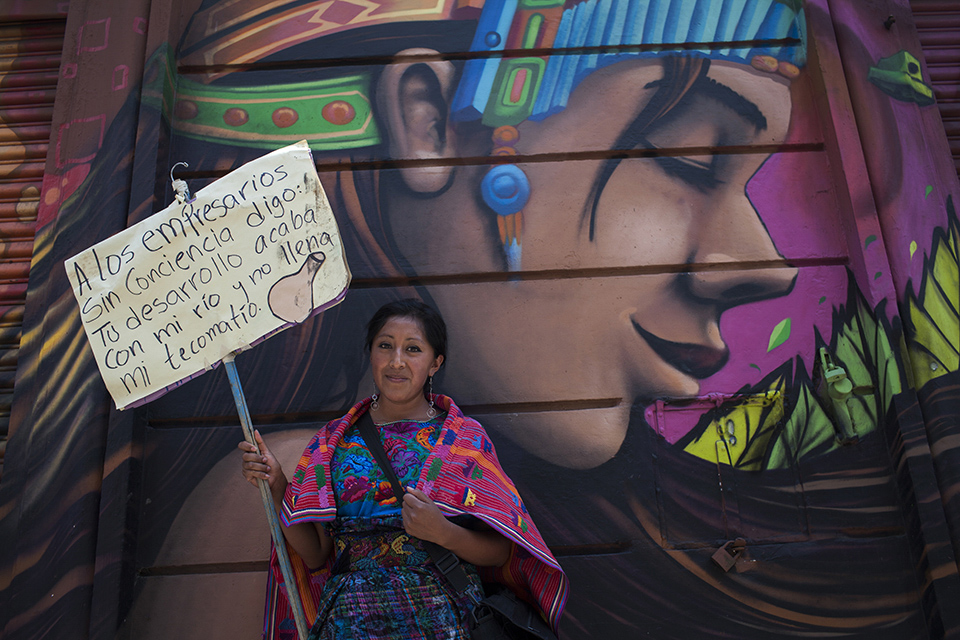 An indigenous woman holds up a protest sign blaming the country's business sector for the diversion of rivers, during the 2016 water march. Simone Dalmasso
An indigenous woman holds up a protest sign blaming the country's business sector for the diversion of rivers, during the 2016 water march. Simone DalmassoI have met variations on this same response almost every time I dare the private sector to do things a little differently. Fearing criticism or admonishment, they are reluctant even to meet with indigenous representatives. They won’t contribute a tad more in taxes, because the government will just pocket their money and, before long, they will be forced to surrender everything they own. They can’t support an integrated rural development plan because indigenous communities actually want wholesale land reform. And they won’t endorse indigenous popular consultations because doing so will jeopardize Guatemalan development and set the country back an economic century.
For the most part, the Guatemalan private sector is insufficiently curious and excessively timid to contemplate a less doomsday scenario. From their vantage point, the status quo is the only safe place; change is always for the worse. They live in a metaphorical fortress surrounded not by fellow citizens but by perceived adversaries they’ll avoid preferably and approach only if they get to dictate the agenda. Trapped in their biases and time warp, democracy and development are zero-sum games. They cannot imagine a country where democracy can be simultaneously inclusive, just, peaceful and prosperous.
A solidarity deficit
Solidarity, an engine of social change, exists in a limited and partial a form in Guatemala.
Scholarship on solidarity identifies contrasting variants. The 19th century French sociologist Emile Durkheim posits two types. The first, a mechanical form prevalent in traditional societies, is largely based on kinship ties and familial networks and premised on common lifestyles and experiences. The second, an organic version, is associated with modern societies whose members depend and rely on each other to perform specialized services.
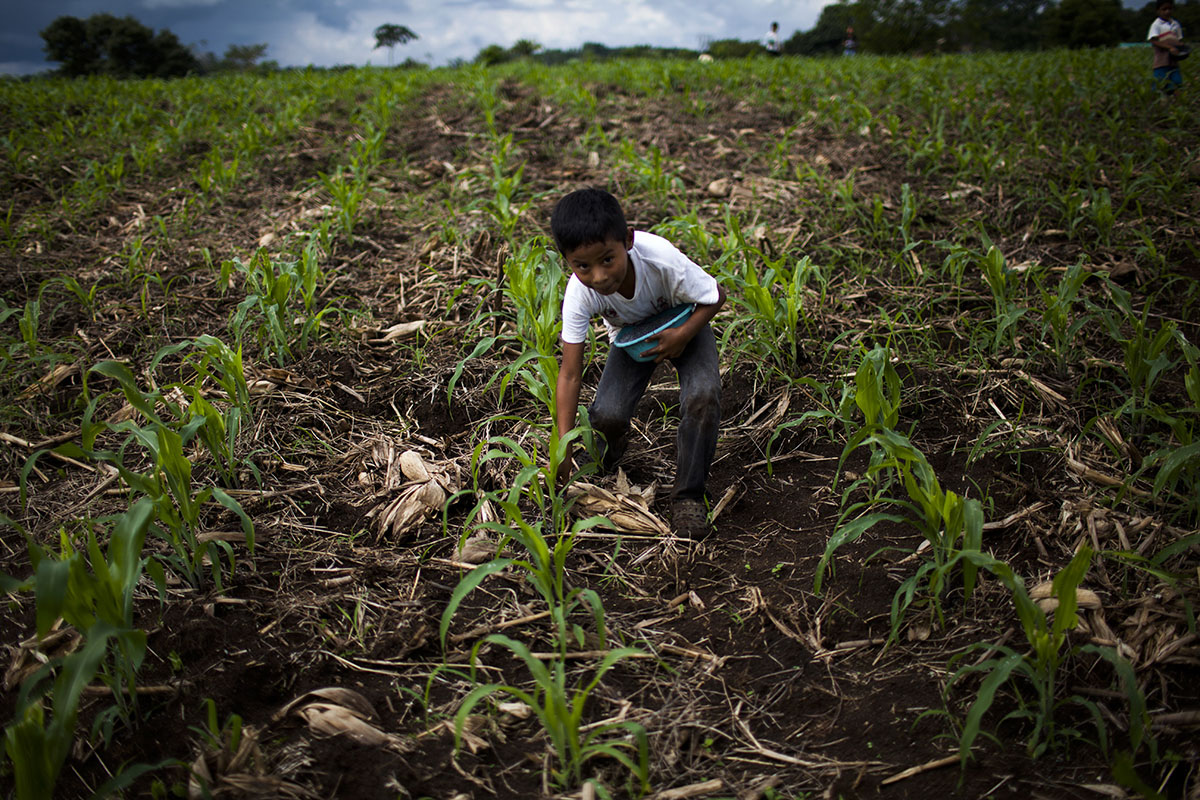 Taking advantage of the break season for the end of the school year, a boy spends the morning fertilizing milpa plants in a field near the community of Rocjá Pomtilá, Alta Verapaz, in November 2016. Simone Dalmasso
Taking advantage of the break season for the end of the school year, a boy spends the morning fertilizing milpa plants in a field near the community of Rocjá Pomtilá, Alta Verapaz, in November 2016. Simone DalmassoIn his writing about social capital, a concept that overlaps with solidarity, the American political scientist Robert Putnam also distinguishes between two kinds. In Putnam’s view, bonding social capital expresses the connections within groups that are based on shared demographic traits, identities and values, whereas bridging social capital captures the additional set of ties people and groups forge across class, ethnic, racial and social divides.
As Alejandra Colom’s brilliant essay highlights, the mechanical solidarity and bonding social capital that integrate Guatemala’s private sector are sustained and reinforced by powerful social and economic peer pressures, a mix of incentives and sanctions. Her analysis goes a step further to illuminate the difficulties of mixing and matching mechanical and organic solidarity, bonding and bridging social capital. The Cantina initiative (discussed below) needed to be quashed not only because of any changes it might hasten. The mere act of reaching across Guatemala’s historical, class, racial and geographic fault-lines in a tentative bridging capital effort was perceived as threatening the social cohesion that binds the country’s traditional elite class.
The Cantina Approach
In September 2017, a decade into a quixotic effort to discover a modernizing Guatemalan private sector, I found myself at another conference table, surrounded by a dozen or so members of the business community whom I was meeting for the first time. We had convened to discuss whether and how the Guatemalan private sector might help pull Guatemalan democracy back from the brink I had highlighted in an New York Times opinion piece crafted in the wake of the expulsion of Cicig Commissioner Ivan Velasquez.
I approached the meeting with low expectations and left with higher hopes. Our conversation lacked the usual tense mood and defensive tone, allowing us to move from a survey of the immediate crisis to a discussion of Guatemala’s systemic democratic and development challenges. Although not everyone in attendance was on the same page, no one invoked communism or subversion to defend the status quo; most recognized the need to address exclusion, inequality and racism; and the group enthusiastically began to compile a list of initiatives they might pursue to assist impoverished indigenous rural communities.
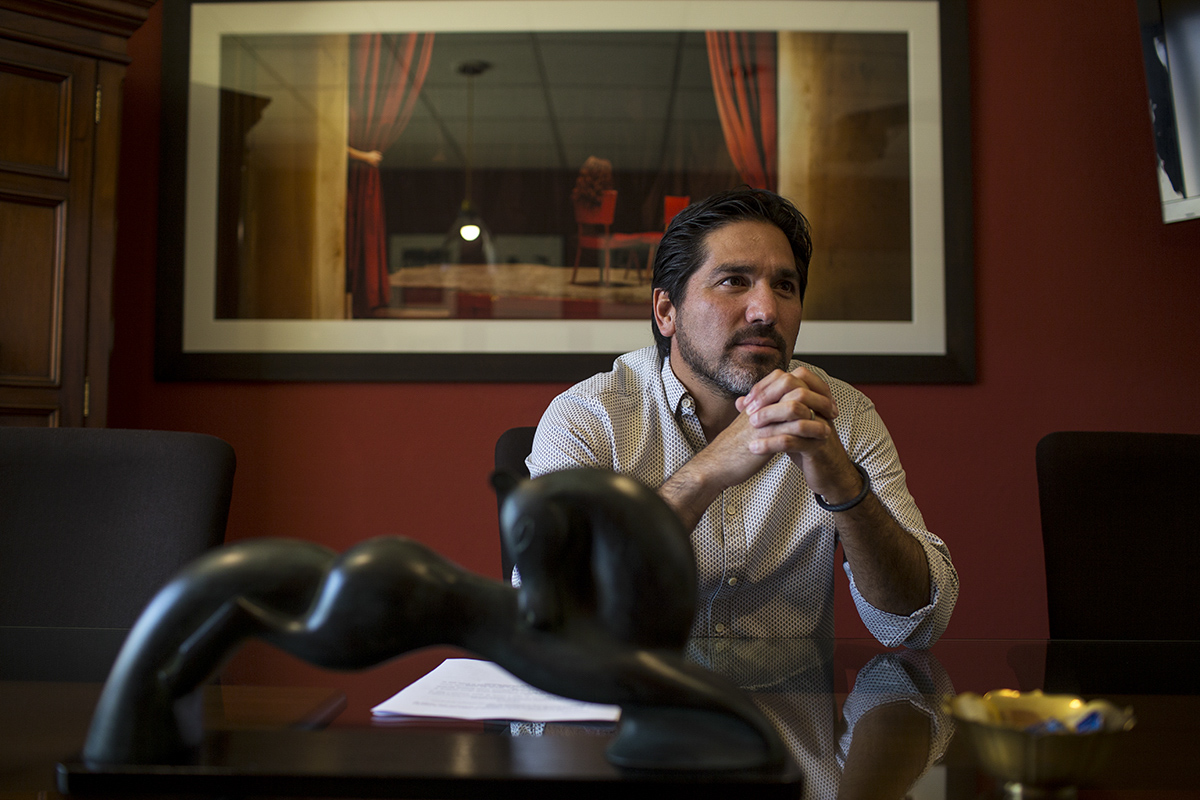 Estuardo Porras, a member of the La Cantina political movement in Guatemala, in a March 2018 interview. Simone Dalmasso
Estuardo Porras, a member of the La Cantina political movement in Guatemala, in a March 2018 interview. Simone DalmassoOnce again, I seized an opening. This time, I intervened to share a parable I had been told shortly after I began working in Guatemala. According to the tale, a World Bank consultant is hired to draft a development plan for a remote indigenous community in Brazil. She travels to the village which, although only twenty miles or so from an airport, requires an arduous trek through brush and over makeshift terrain. Upon discovering a community lacking even the most rudimentary infrastructure, she jots down a list of basic items to submit to the Bank and summons the village elders to sign off on her proposal in fulfillment of a requirement for local buy-in.
The village elders, however, refuse to listen to her ideas, let alone sign off on them. They insist instead that the only thing they want is a cantina. Unable to reason with them, she leaves in a huff.
Several years later, the consultant finds herself back in the same region of Brazil and decides to visit the community. She hires an all-wheel terrain vehicle and sets off on her journey. To her surprise, she finds herself cruising along a spanking new road driving right up into an unrecognizable community, now boasting a brand-new water pump, school and health clinic.
She tracks down the community elders and accuses them of stealing her plan. Puzzled, they remind her that they were never even apprised of its contents. Still she insists, “how could they otherwise have acquired the infrastructure that my proposal recommended?” Because, the elders explain, another development consultant subsequently came by, inquired about their priorities, heard them out and provided funding to build the desired cantina. Once they had their cantina, they had a place for the community to meet and discuss their needs. That’s when they decided they needed potable water, education and health care, and a road to ferry their products to market.
The parable resonated with the private sector group assembled that afternoon. Within minutes they gave themselves a name, within days they connected with a few indigenous leaders and within weeks a handful of Cantina members paid a listening field trip to indigenous communities in the Western highlands. A month or so later several also traveled to Washington to introduce themselves to development officials and congressional staffers and aides who greeted them with cautious yet optimistic enthusiasm.
Because the Cantina so quickly collapsed under the weight of social and economic ostracization, it’s tempting to write off the experiment concluding that its members and prospective adherents have been permanently chastened into conformism, that the private sector can never change and that Cacif stalwarts will forever be its only legitimate representatives.
These need not be the only takeaways from this essay in general or from the cantina experience in particular. I expect my words to generate pushback from members of the private sector. I anticipate that they will soundly reject my categorization of their beliefs, attitudes and behaviors. They will attest to their readiness to confront ethnic biases and racial prejudices, to assert their true support for democracy and development, and profess strong feelings of solidarity. My faint hope, however, is that they also take the provocation as a call to action, an invitation to take a risk, resurrect and build on the possibility of the Cantina before the curtains shut on Guatemalan democracy.
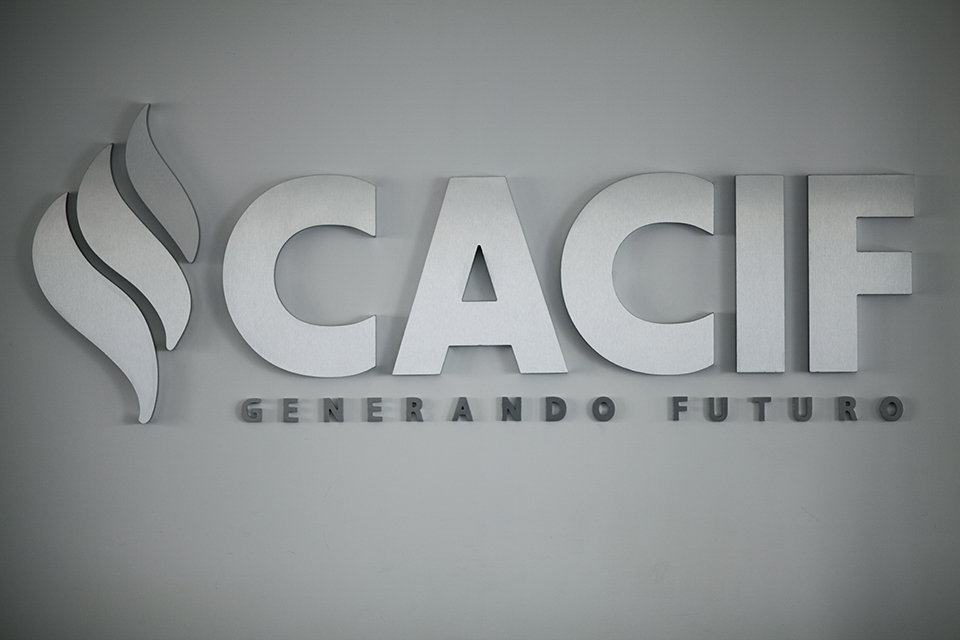 CACIF's slogan posted at the institution's headquarters. April 2016. Simone Dalmasso
CACIF's slogan posted at the institution's headquarters. April 2016. Simone DalmassoAnita Isaacs is a political scientist who teaches at Haverford College, Pennsylvania. She specializes in democratization and transitional justice in Latin America, with particular emphasis on Guatemala.